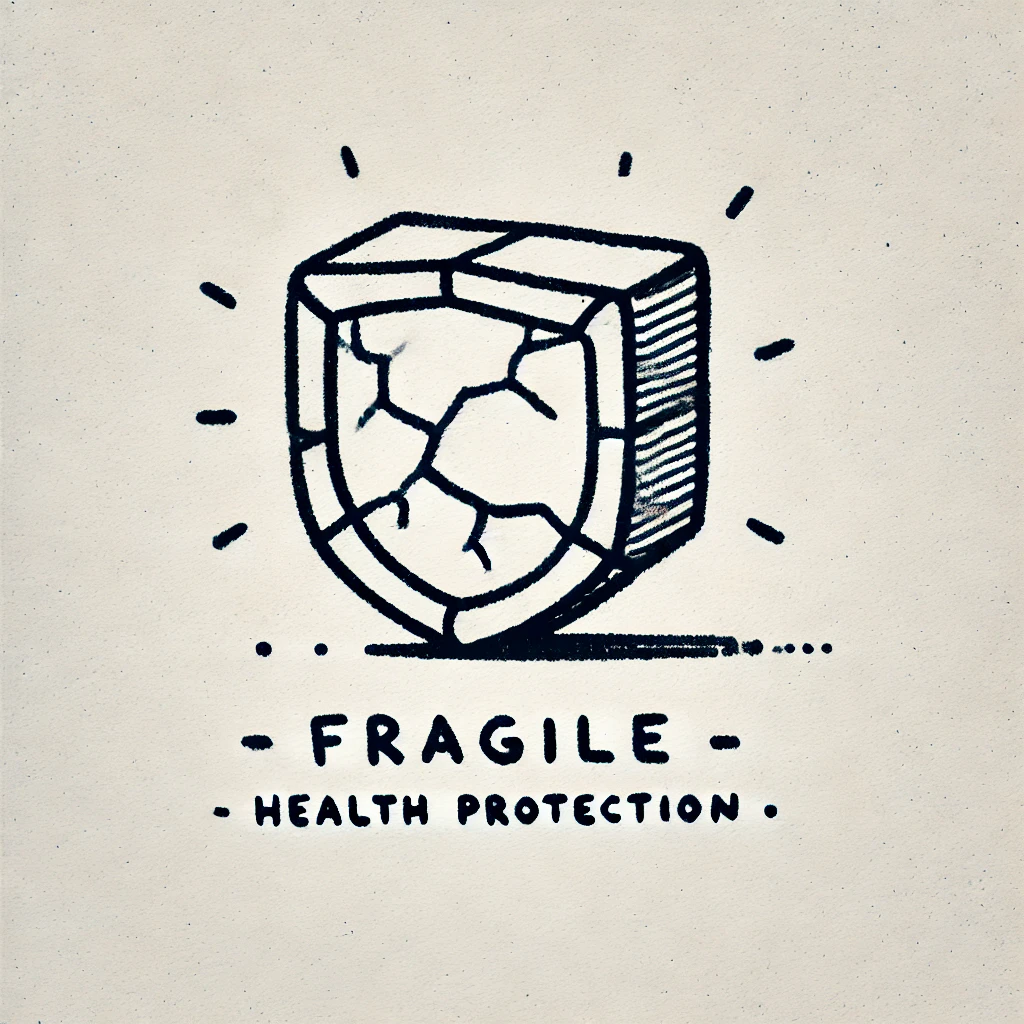Over the years, I have met an increasingly number of acquaintances who gave up health insurance. In an act of balance of personal risks (financial vs health), more people just choose to stop going to the doctor. Now imagine that story—multiplied by millions.
A shrink in the public healthcare budget won’t be loud or dramatic. It’ll be quiet. People will disappear from coverage rolls with little fanfare. Preventive care will fade. Conditions will worsen. Emergency rooms will overflow. Primary insurers will pull out of high-risk markets. And health reinsurers—the industry’s final safety net—will be left absorbing the fallout.
This isn’t a theoretical scenario. It’s a very real, possible near future. And the scariest part? Most insurers won’t see it coming.
Legacy models are flying blind
Insurers and reinsurers still rely on models built for another era—ones that depend on static assumptions, historical claims data, and neat, predictable curves. But today’s health risk landscape is anything but neat. It’s shaped by shifting policies, environmental events, economic uncertainty, and crumbling infrastructure. A single policy change—like slashing public benefits—can set off a chain reaction:
- Delayed care evolves into costlier, acute episodes
- Vulnerable populations cluster in concentrated, high-risk pools
- Social determinants like housing, food access, and mobility amplify health outcomes
- Environmental disasters become mass casualty events overnight
None of this lives in the claims data. These aren’t spreadsheet trends—they’re real-world crises unfolding in communities your models can’t simulate. And thanks to strict data privacy laws, reinsurers don’t have access to the individual-level data needed to understand or forecast what’s coming.
New survival tools for a new era
By the time stop-loss layers start rupturing from unexpected spikes in chronic illness—or when costs explode in disenfranchised regions—it may be too late to reprice or restructure. The system is fragile. And once it breaks, there’s no buffer left.
To survive what’s next, the insurance industry needs new modeling tools. Synthetic data and AI-powered predictive demographic models enables synthetic Digital Twins, one of the most promising paths forward.
We’re not talking about chatbots or text generators. We’re talking about AI used to simulate realistic, privacy-safe populations that age, migrate, and respond to shocks—whether it’s a heatwave, a policy shift, or a collapse in access to preventive care. These synthetic populations replicate the patterns of real communities, without ever exposing real identities. They allow reinsurers to model cascading risk across demographics, health conditions, geography, and socioeconomic factors—at a scale and depth that traditional datasets can’t touch.
Ask the questions that matter, before the market fractures
With synthetic Digital Twins, insurers and reinsurers can finally ask:
- What’s the exposure if 10% of Medicaid recipients lose prescription access during a record-breaking heatwave?
- How do stop-loss layers perform if chronic disease surges fivefold among newly uninsured populations?
- Can we redistribute risk before portfolios destabilize?
This isn’t a luxury. It’s risk management for an age of compounding uncertainty. Because once these cracks appear in the system, they widen fast. And by the time losses hit the books, the path to solvency may already be gone.
Insurers don’t need another rearview mirror. They need a time machine.
About Skymantics
Skymantics is an innovative professional and technical services firm delivering custom solutions to support customers’ needs while supporting interoperability and standards. The company incorporates emerging technologies and agile methodologies in a rapid-prototyping approach to support domains in aviation, geospatial intelligence, and Internet of Things. Skymantics is a minority-owned and SBA 8(a) certified small business with over 8 years of experience providing innovative solutions to federal agencies.
Would you like to learn more?
Feel free to Contact Us, we’ll be happy to help!



